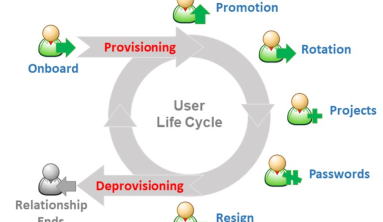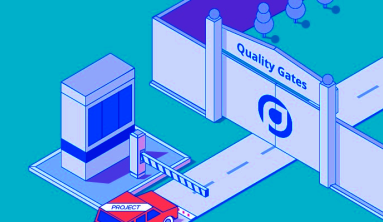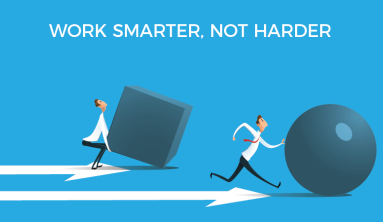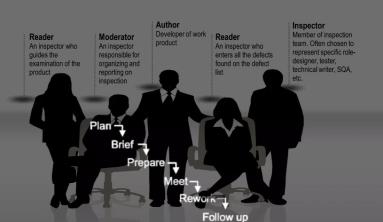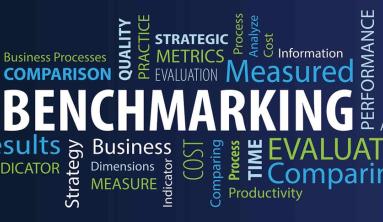Content Management Systems (CMS)
A content management system essentially acts as the foundation for your website (blog, news, eCommerce, etc). With a CMS, you’re able to publish, change and remove content from your website, making it a strong solution for teams across the globe.
A CMS is usually home to web designers, editors, and administrators. It hosts easy-to-use templates, along with comprehensive WYSIWYG building blocks to allow users to easily and quickly build beautiful, impactful websites. It has strong capabilities when managing text-based content, with version tracking, SEO add-ons, and robust search capabilities.
Key Features of a CMS
- Storing and indexing web pages and web copy
- Searching for and retrieving relevant content
- Format management for brand consistency
- Revision control for past versions of web content
- Basic access permissions to edit and view
- Publishing and reporting on web content
Digital Asset Management (DAM)
A digital asset management system is an integral part of the media content creation process, helping companies organize, collaborate on, and distribute their visual media from within one central library. By providing a single source of truth for all the important visual content within an organization, a DAM reduces internal bottlenecks and improves brand consistency across all channels.
With a DAM, users can manage nearly any type of digital file. From within the system, users can perform a variety of functions, including re-sizing & re-formatting their media, tracking usage history, and sharing large files easily with external parties. A DAM also provides organizations with increased media security, such as user permissions, compliance regulations, recovery, and geo-replication.\
Key Features of a DAM
- Storing and managing brand and marketing material (photos, videos, etc.)
- Finding and retrieving media assets, using advanced searches
- Enriching assets with custom metadata, such as keywords
- Version control and history tracking for all media assets
- Manipulating assets into other forms, such as file type or size
- Access permissions for internal and external users
Integrating DAM and CMS
When you understand the difference between a DAM and CMS, it becomes clear that the two systems are actually complementary to each other (rather than alternatives). With a DAM, users are able to use advanced library capabilities to feed their web team the media content they need to confidently build on-brand, visual web content. This benefit only improves with an integration between the two, as users will be able to access the DAM without having to leave the CMS.
Benefits of a DAM and CMS Integration
When you’re able to access your DAM within your CMS, it allows your users to:
- Easily access on-brand and approved media assets from within your CMS
- Automatically upload and create links within your CMS library
- Use advanced search capabilities to find the assets they need
- Improve brand consistency across all web properties
- Effectively re-use media content across your website
Example of a DAM and CMS Integration
Without a DAM
You’re the web developer for a furniture retailer and you’re working on a web page to promote one of your partner brands and their upcoming sale. You go into your CMS library to find their logo, but there are 3 different variations. You know you should send a message to the marketing team to clarify which one to use, but this page needs to go live today. You ultimately decide to use the most recently uploaded logo and pray that it’s the right one.
With a DAM
You’re the same web developer, working on the same web page, but instead of searching for the logo within your CMS library, you open your DAM library plugin. From there, you can instantly see a category that your marketing team created specifically for this campaign. Within this category, you find a logo that was hand-picked by the marketing team and confidently add to the page to be published.
Conclusion
A CMS helps manage content for your website, while a DAM helps manage content for your entire organization across multiple channels.
Via TIGO








